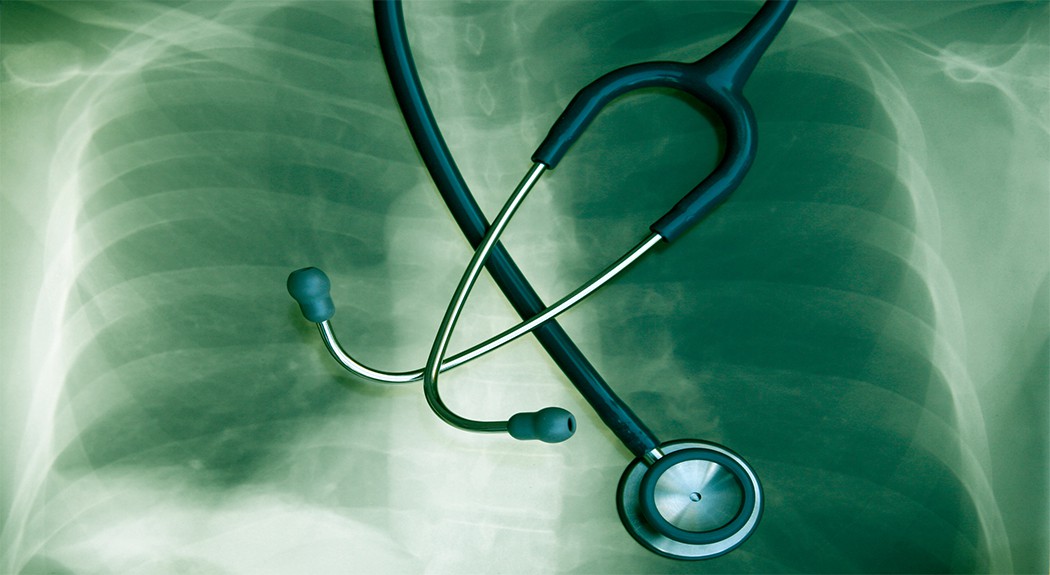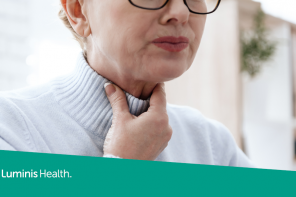Until recently, experts typically found early stage lung cancer by accident. Since you rarely have symptoms with early lung cancer, finding it early was often a matter of luck. Take, for instance, the person who fell off a ladder and needed a chest x-ray to look for injuries. In turn, the x-ray found an abnormality and additional tests then found lung cancer.
But times have dramatically changed. The results of the National Lung Screening Trial led to the new recommendation of a yearly low-dose chest CT scan for those at high risk of lung cancer. While there are a few exceptions, private insurance, Medicare and Medicaid should fully cover your screening.
Take our pledge to love your lungs, and be entered to win a $50 Visa gift card!
Am I High Risk?
Smoking is the biggest risk factor for lung cancer. It’s also the primary risk to determine if you’re eligible for screening. Other risks include exposure to asbestos, radon gas, or prolonged contact with other environmental toxins.
You should talk to your doctor about your personal risk factors and if you’re a candidate. Guidelines recommend the low-dose chest CT scan for lung cancer if you’re between the ages of 55 and 80, and have smoked at least 30 pack-years (number of packs per day x number of years). This includes people who still smoke or have quit within the past 15 years.
Ready to Quit?
Quitting may not be easy. If you smoke or use smokeless tobacco and it’s difficult to quit on your own, you likely suffer from nicotine dependence or tobacco addiction. Like any other disease, tobacco dependence requires ongoing treatment and support. And just like diabetes and heart disease, tobacco dependence often requires a combination approach of expert help and lifestyle changes.
We often think of tobacco use as a public health issue – and it is. But it’s also a disease that needs individualized and specialized treatment. Research shows the most effective treatment includes a combination of counseling and medication(s). Counseling can include one-on-one sessions between you and a trained tobacco treatment specialist, or a group approach with classes designed to give you tools for letting go of your tobacco dependence.
There are seven FDA approved medications for treating tobacco dependence. You can use these medications to ease nicotine withdrawal symptoms while you work on changing your habits and routines linked to tobacco use throughout the day. Work with your health care provider on a treatment that’s right for you.
One of the biggest hurdles you may face is the shame of continued use of tobacco despite serious health effects and pleas from your loved ones to stop. The key is for you to understand that dependence on nicotine is very powerful. Asking for help is okay. Once you move past this hurdle, find the right treatment plan and a qualified, supportive health care team, you can take control of your life and let go of tobacco for good.
If you’re ready to quit, Anne Arundel Medical Center (AAMC) can help. Visit askAAMC.org/QuitSmoking or call 443-481-5366 to learn more.

 By Stephen Cattaneo, MD, medical director of Thoracic Oncology, and Joanne Ebner, Cancer Prevention program supervisor, at Anne Arundel Medical Center.
By Stephen Cattaneo, MD, medical director of Thoracic Oncology, and Joanne Ebner, Cancer Prevention program supervisor, at Anne Arundel Medical Center.




